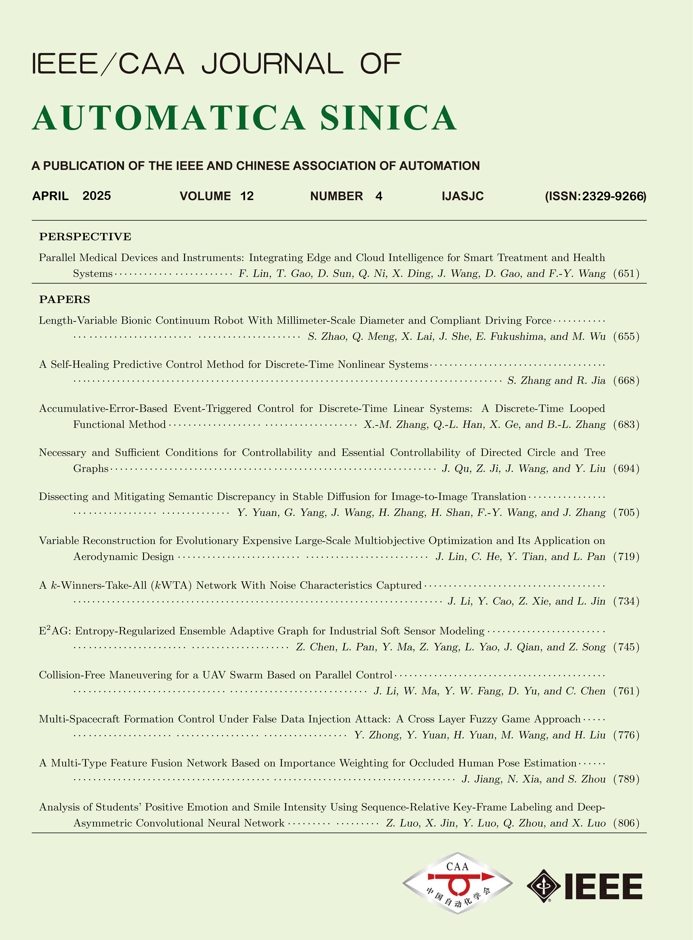Vol. 7, No. 1, 2020
Display Method:
A Hyper-Heuristic Framework for Lifetime Maximization in Wireless Sensor Networks With A Mobile Sink
2020, 7(1): 223-236.
doi: 10.1109/JAS.2019.1911846
Abstract:



 E-mail Alert
E-mail Alert


